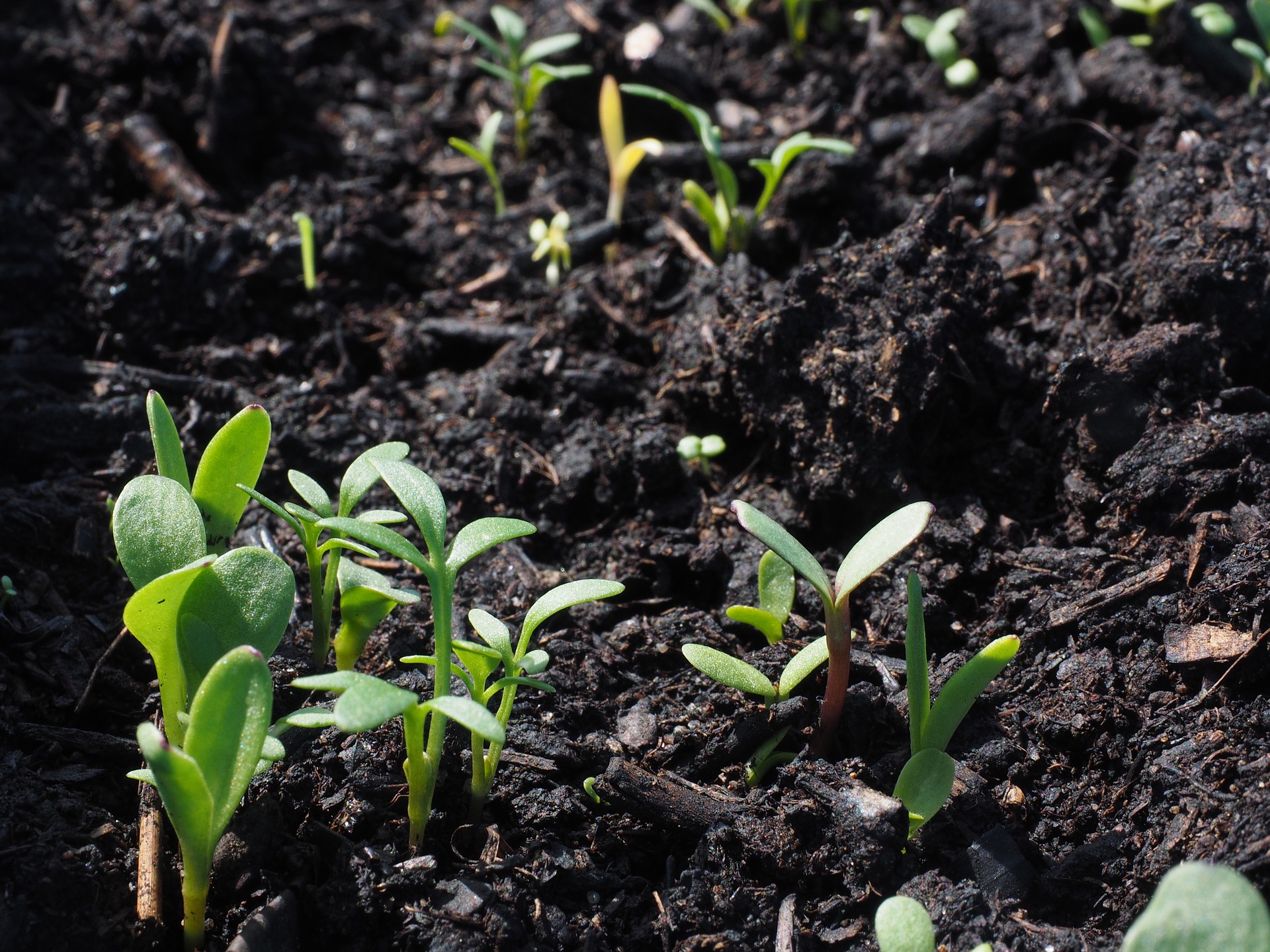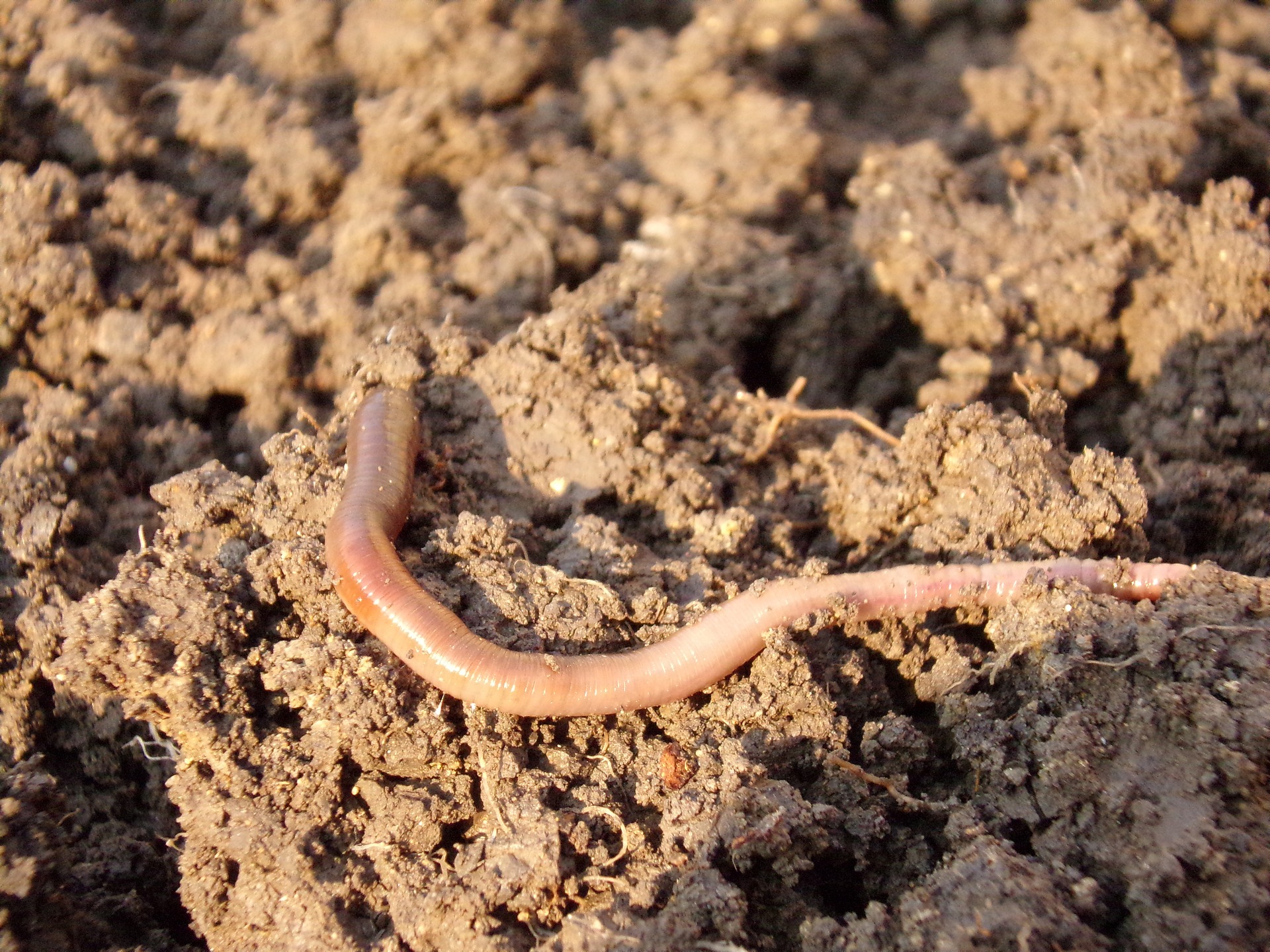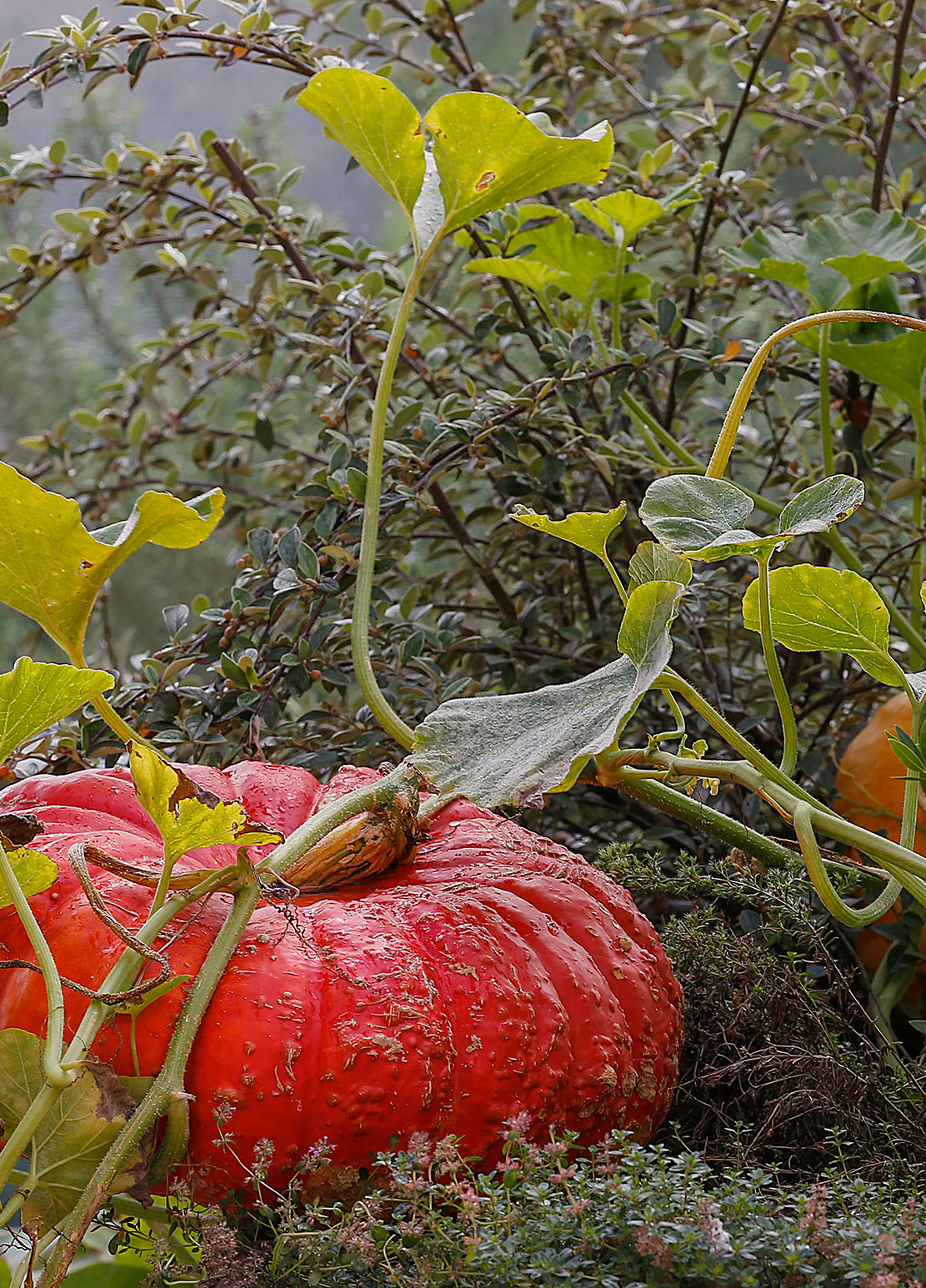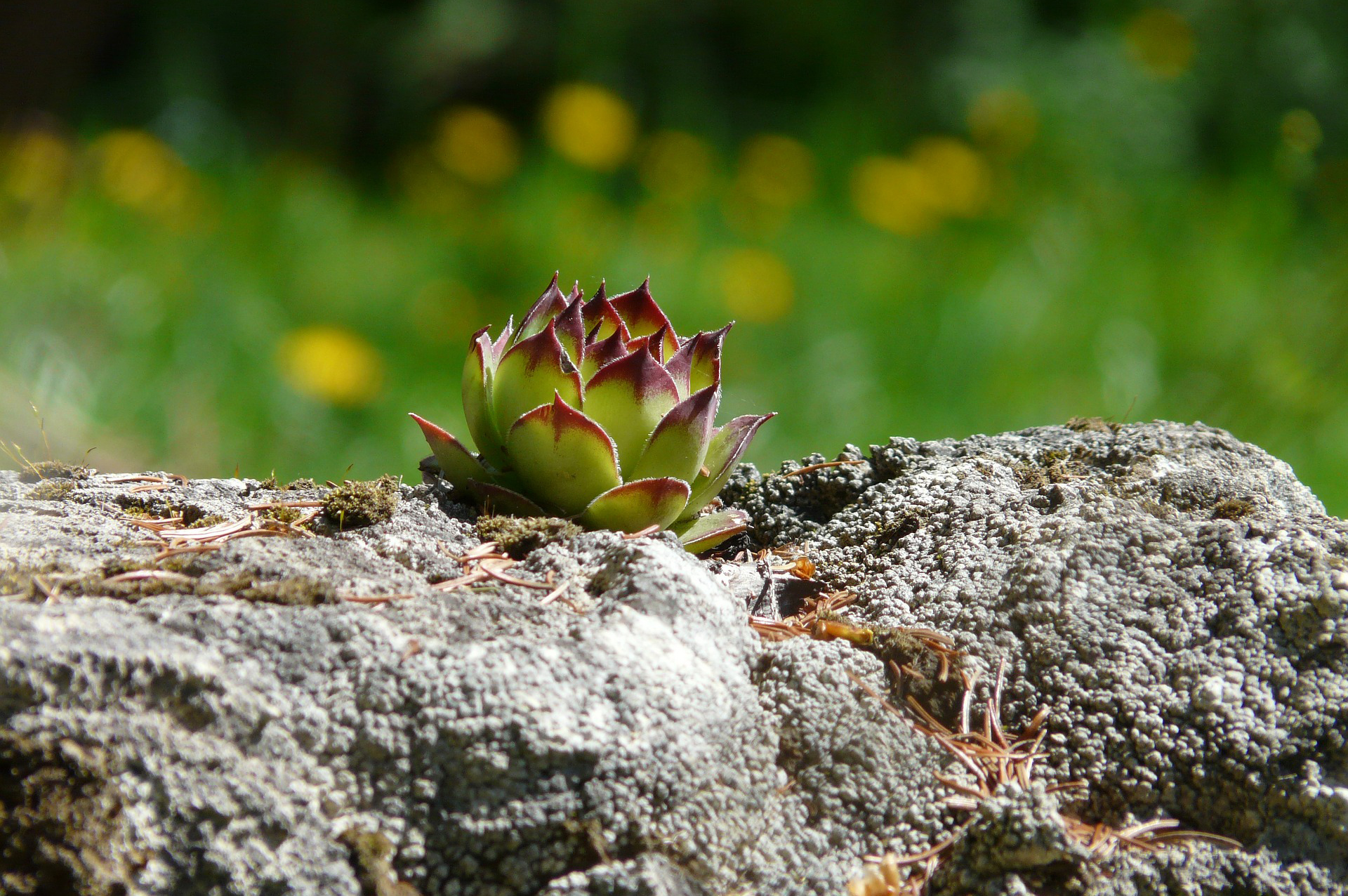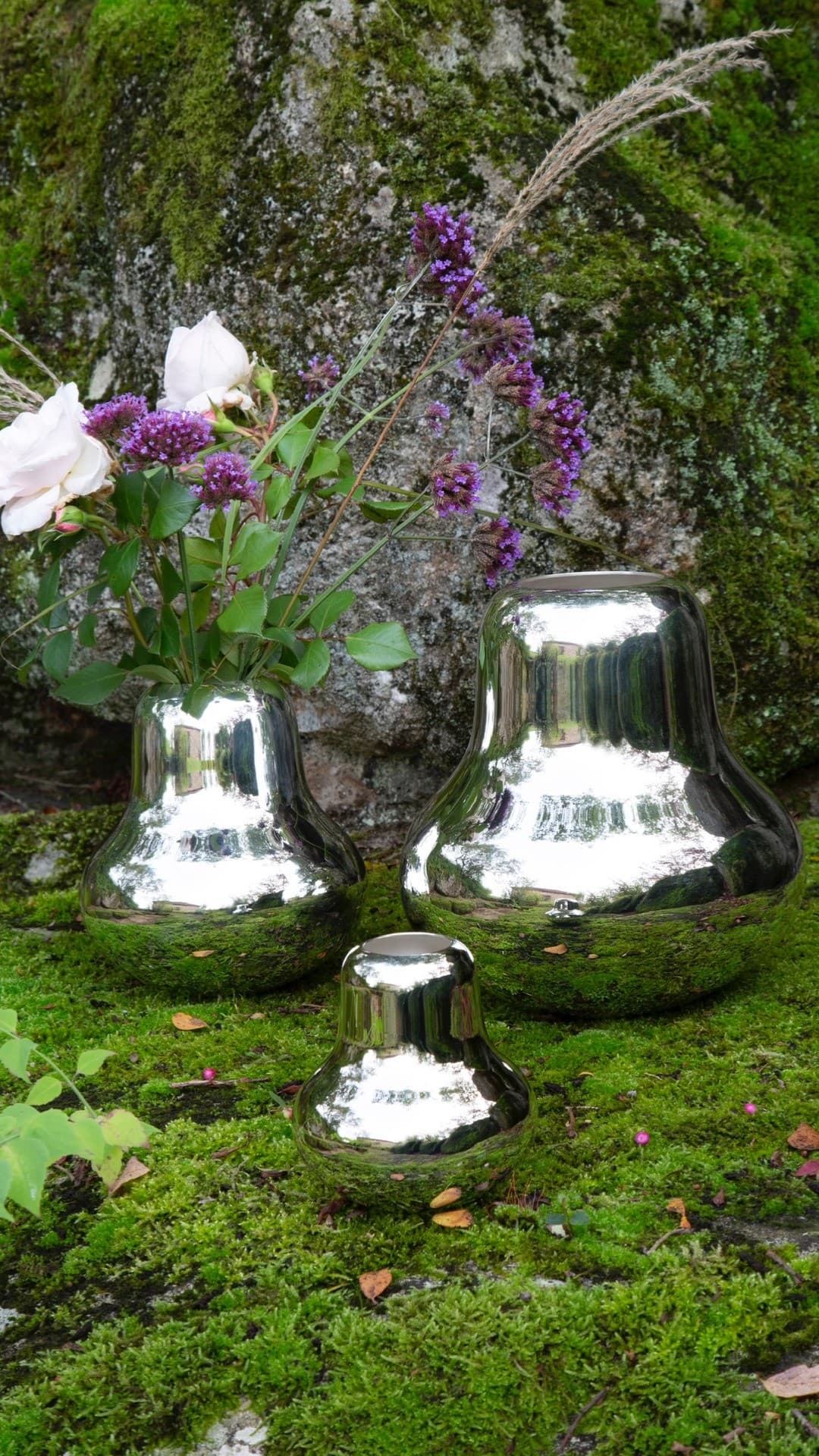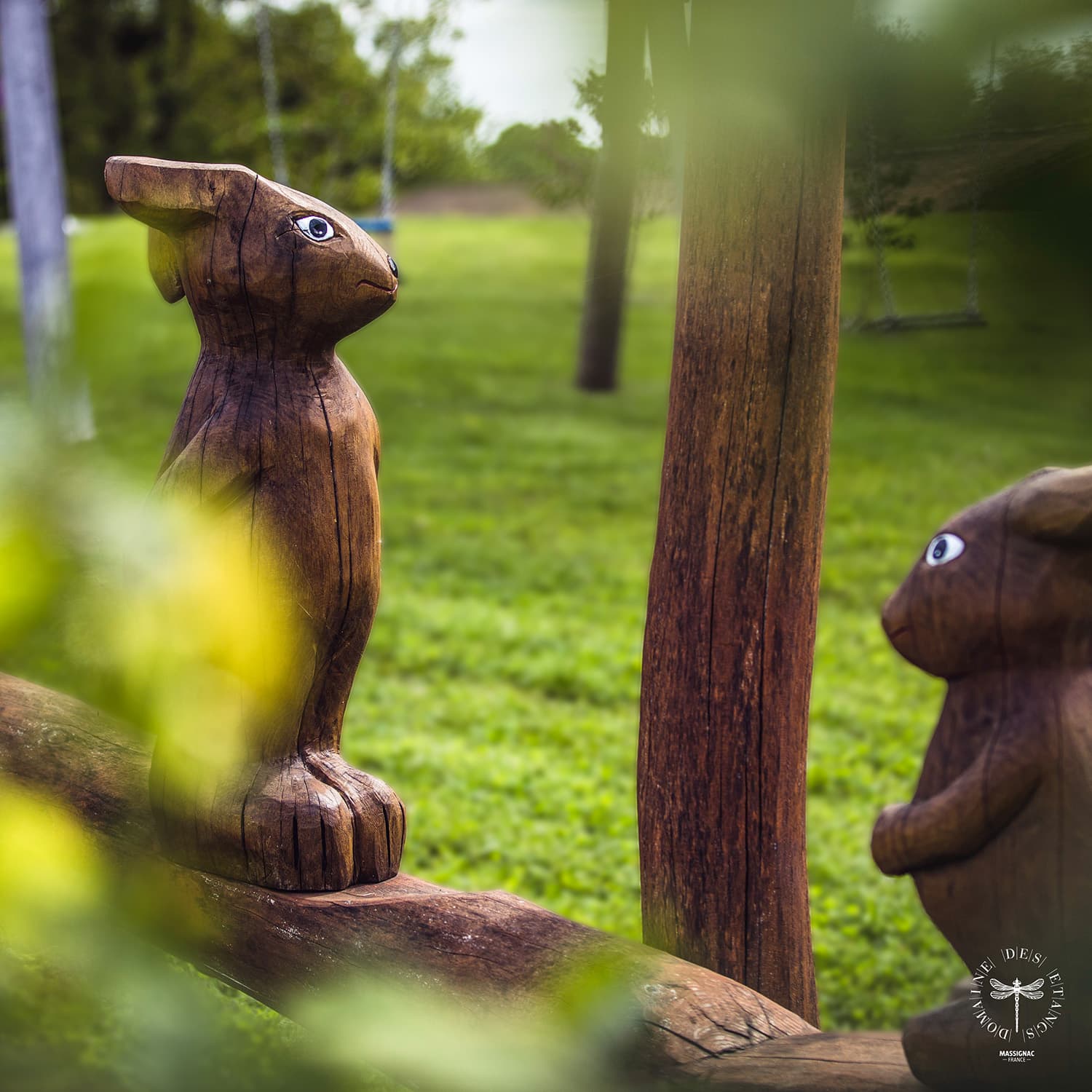This morning, Lily runs down the corridor towards her grandmother.
“Granny! Granny! Can we go to the vegetable garden?”
Her grandmother looks at her and answers with a smile:
“But there isn’t much to see right now you know. The vegetable garden has to rest a while longer before spring.”
Lily isn’t deterred; she looks at her with big, round eyes. She’s an inquisitive little girl who likes nature.
“But granny, the vegetable garden smells nice, it’s beautiful and you can eat cherry tomatoes.”
Her grandmother gives it some thought and says:
“Well then, let’s go for a walk. But put your hat on since it is still cold.”
Lily and her grandmother dress warmly and walk towards the vegetable garden. Steam rises from their mouths as they breathe. It is still early and the ground is made slippery by the frost. When they arrive in the alleys of the garden, Lily suddenly stops.
“But granny, there are no more vegetables!”
“That’s normal Lily, it’s the end of winter. The vegetables haven’t been planted yet.”
Surprised, the little girl answers:
“But everything has disappeared.”
Her grandmother laughs.
“Everything hasn’t disappeared. Right here, in the soil, there are thousands of small creatures that are working, waiting for the fine weather to return.”
“Small creatures?”
“Yes, earthworms for instance. They are very useful you know.”
“Why?”
“Well earthworm produce humus. Humus is essential to the vegetable garden because it nourishes the plants and makes them healthy.”
Lily, intrigued by this new word, asks:
“What is humus granny?”
“It’s produced by earthworms when they eat dead leaves and plants. They recycle them into compost, a dark and very light soil. Humus smells of nature.”
The grandmother collects some earth into her hands and places it into the child’s hand. Lily smells it.
“But how do earthworms produce it?”
The grandmother looks at her granddaughter and explains.
“They are hard workers, they work day and night, tirelessly. They eat the leaves on the surface of the earth, they dig deep burrows and bring clay to the surface. Thanks to them, he soil is alive.”
Lily laughs and asks.
“The soil is alive?”
The grandmother shows the whole vegetable garden with a wave of her hand.
“Yes, thanks to the burrows that are dug, the water and the air can penetrate the soil, allowing the insects and plants to live and sustain themselves. You know, to have beautiful vegetables in your vegetable garden, you must look after the soil. That’s why it’s resting now. Here, the earthworms are working for the future plants. Without our friends the earthworms we wouldn’t be able to tend to our gardens.”
“Anyway granny, I can’t wait to see all the vegetables and to eat sweet tomato salads !”
The grandmother looks at Lily and jokes.
“But we still have leeches and cauliflower!”
“Yuk !”
Lily answers, laughing.
“I’m going to cook a cauliflower gratin for lunch. You’ll see, it’s delicious with cheese.”
The grandmother picks a nice cauliflower. Then, she takes her granddaughter’s hand and they continue to explore the vegetable garden while observing the beauty of nature.
THE END
